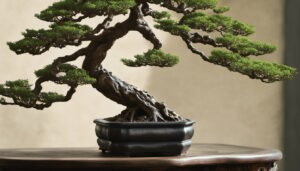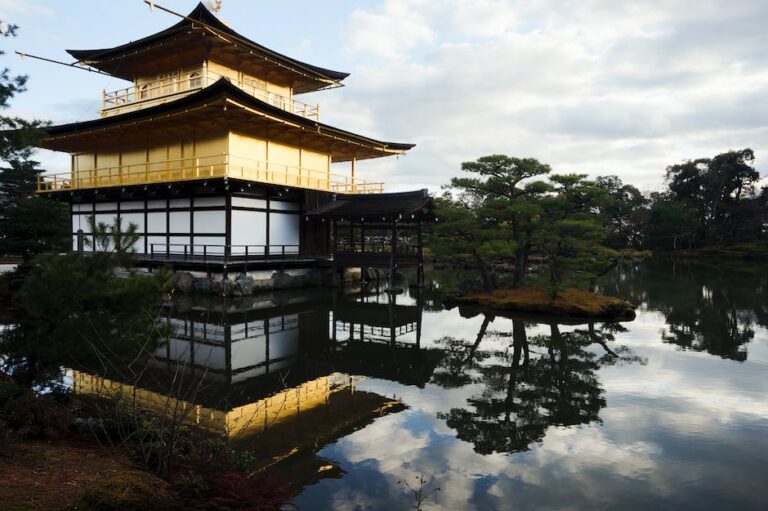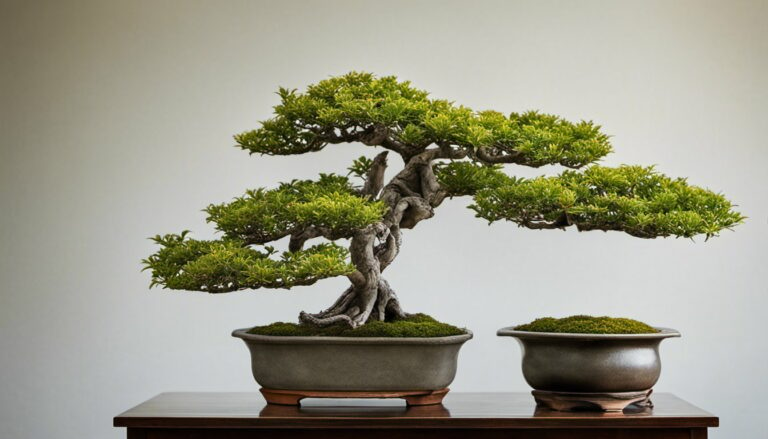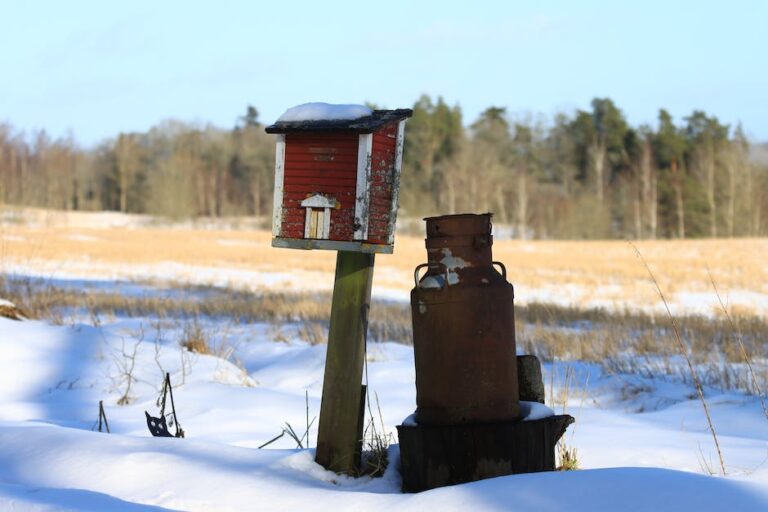Bonsai Tree How Do They Work
Have you ever wondered how those captivating bonsai trees work their magic? Well, get ready to  delve into the fascinating world of these miniature wonders.
delve into the fascinating world of these miniature wonders.
In this article, we’ll explore the history, types, and techniques behind bonsai tree cultivation. Discover the essential tools and learn the secrets of pruning for optimal growth.
With a little care and attention, you’ll soon master the art of maintaining a healthy bonsai tree. Get ready to unlock the hidden power of these enchanting living sculptures.
Key Takeaways
- Bonsai trees originated in China and were later adopted by the Japanese.
- Bonsai trees hold cultural significance in both Chinese and Japanese cultures, symbolizing patience, harmony, and balance.
- Different types of bonsai trees offer unique characteristics and appearances for styling and display.
- Proper pruning techniques and the use of essential tools are crucial for maintaining the desired shape and aesthetics of bonsai trees.
History of Bonsai Trees
The history of bonsai trees dates back centuries. Bonsai, which means ‘planted in a container’ in Japanese, originated in China and was later adopted by the Japanese. The evolution of bonsai techniques can be traced back to the Tang Dynasty in China, where miniature landscapes in pots were created. Over time, these techniques were refined and passed down through generations.
Bonsai trees hold great cultural significance in both Chinese and Japanese cultures. They symbolize patience, harmony, and balance. Bonsai trees are considered living art forms and are often displayed in homes, gardens, and temples. They are meticulously cared for, with their growth carefully controlled through pruning and training.
Bonsai trees have become a beloved tradition, representing a connection to nature and the beauty of the natural world. Now, let’s explore the different types of bonsai trees.
Types of Bonsai Trees
There are various types of bonsai trees to choose from. When it comes to bonsai tree styling and display techniques, different tree species offer unique characteristics and appearances. Here are four popular types of bonsai trees:
- Juniper: This tree is known for its needle-like foliage and gnarled branches, making it ideal for creating a windswept or cascade style bonsai.
- Maple: With its vibrant leaves and delicate branches, the maple bonsai tree is perfect for creating a stunning display during autumn.
- Pine: The pine bonsai tree features long, slender needles and distinctive bark, making it a popular choice for creating a mature and elegant look.
- Cherry Blossom: Known for its breathtaking blooms, the cherry blossom bonsai tree adds a touch of elegance and beauty to any display.
Understanding the different types of bonsai trees allows you to choose the one that best suits your desired style and display techniques.
Now, let’s explore the techniques for bonsai tree pruning.
Techniques for Bonsai Tree Pruning
Now, let’s dive into the techniques you can use to prune your bonsai trees.
Bonsai tree shaping methods are crucial for maintaining the desired shape and aesthetics of your miniature tree. One common method is called ‘clip and grow,’ where you trim the branches back to a bud or leaf to encourage new growth in that area.
Another technique is ‘wiring,’ which involves gently wrapping wire around branches to guide their growth and create the desired shape.
However, it is important to avoid common mistakes in bonsai tree pruning. One such mistake is over-pruning, which can weaken the tree or cause the branches to die. Another mistake is not considering the tree’s natural growth pattern, resulting in an unnatural and unbalanced appearance.
Essential Tools for Bonsai Tree Care
To properly care for bonsai trees, you’ll need a few essential tools. Here are four must-have items for maintaining the health and beauty of your bonsai:
- Bonsai Watering Can: A specialized watering can with a fine nozzle is essential for providing the right amount of water without damaging the delicate bonsai roots. It allows for precise and controlled watering, preventing overwatering or underwatering.
- Bonsai Shears: These sharp, small-sized shears are designed for precise pruning and shaping of bonsai trees. They enable you to trim branches and foliage with accuracy, promoting healthy growth and maintaining the desired aesthetic.
- Bonsai Soil Scoop: Repotting is a crucial part of bonsai tree care, and a soil scoop is indispensable for smoothly removing and adding soil during this process. Its curved shape and narrow tip make it easy to work in tight spaces.
- Bonsai Root Hook: When repotting, the root hook is used to gently separate the roots from the soil and untangle any tangled roots. It helps prevent damage to the delicate root system, ensuring the bonsai’s overall health and vitality.
Tips for Maintaining a Healthy Bonsai Tree
To maintain a healthy bonsai, you should regularly check for signs of pests or diseases. Pests like aphids, spider mites, and scale insects can cause serious damage to your bonsai tree if left untreated. Look for yellowing leaves, sticky residue, or tiny webs as signs of infestation. If you notice any pests, use an organic insecticide specifically formulated for bonsai trees.
Another important aspect of bonsai tree care is proper watering. Bonsai trees have unique watering needs, so it’s important to water them correctly. Check the soil daily and water when the top inch feels dry. Avoid overwatering, as it can lead to root rot.
Lastly, fertilizing is essential for the health and growth of your bonsai. Use a balanced fertilizer specifically designed for bonsai trees and follow the instructions for application.
Regularly monitoring and addressing these aspects will help keep your bonsai tree healthy and thriving.
Conclusion
Congratulations on reaching the end of this bonsai tree journey!
You have delved into the rich history of these miniature marvels, explored the various types of bonsai trees, learned the art of pruning, and discovered the essential tools for their care.
Just like a bonsai tree, life requires patience, attention, and a delicate touch to flourish.
Remember, as you nurture your bonsai tree, you are also nurturing your own growth.
So, embrace the art of bonsai and let it serve as a beautiful allegory for the intricate balance of life’s beauty and fragility.




